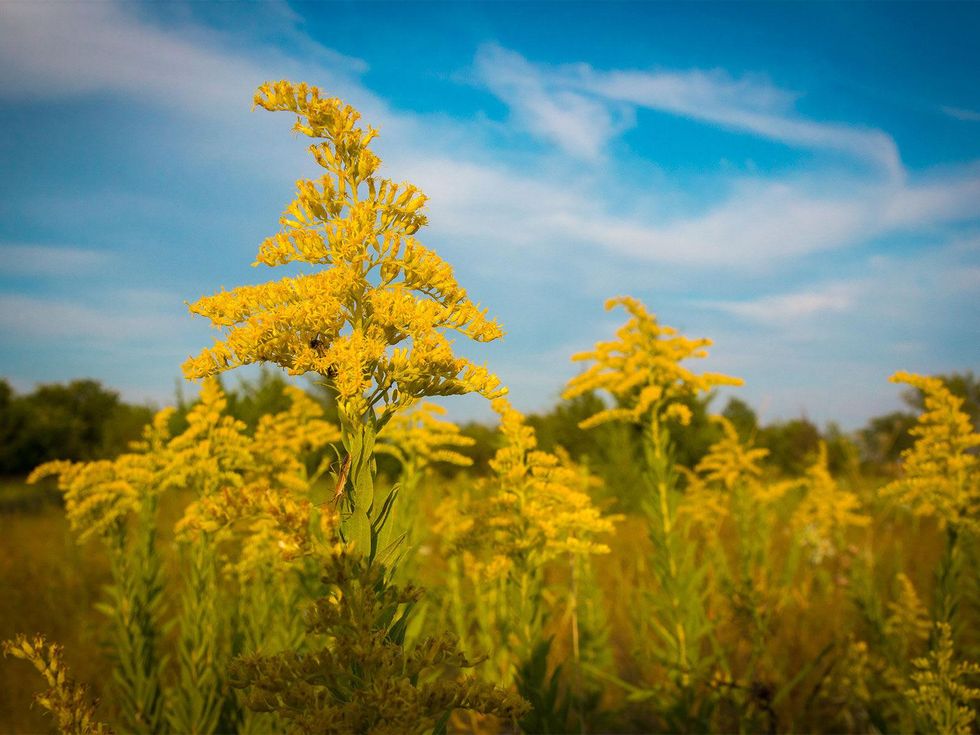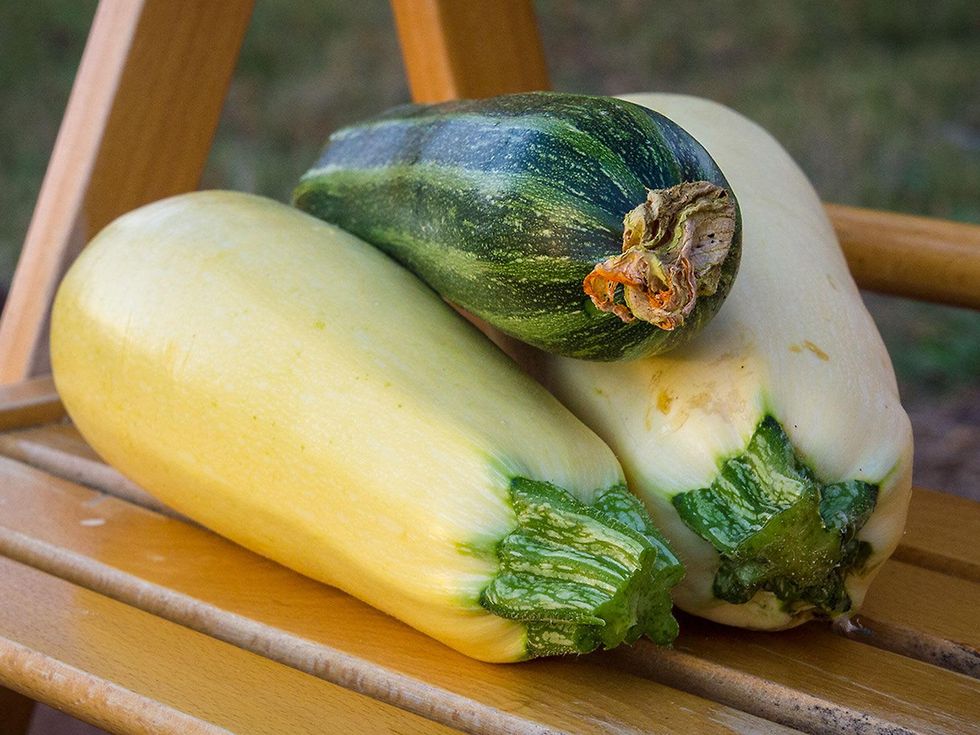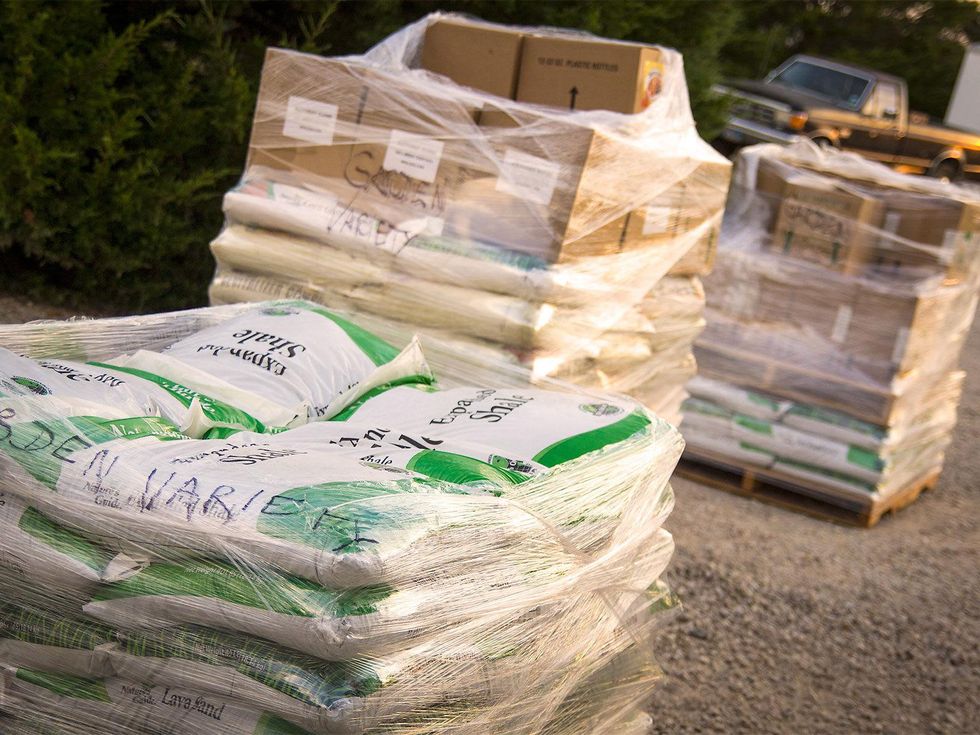The Farmer Diaries
Texas farmer shares list of essential products for successful organic garden
If not for my garden failure of 2011, when most of Texas was gripped by a record-breaking heat wave, this year's garden would have been my worst yet. Several setbacks left me overextended in my farming venture, and professional commitments seemed to occupy my time just when I needed to be planting, weeding or watering.
Yet except for avocados, lemons and a few other fruits that can't be grown in areas that are prone to frost, I've bought nothing from the produce section. The fruit of my labor continues to make up half or more of my dinner plate each night.
I've succeeded in harvesting all I need to eat, even while I fail at keeping most of my crops thriving. My raised bed garden and row crops have a momentum that just keeps going. My crops may look weedy and tattered, but they're hanging in there, yielding just what I need, when I need it, despite neglect.
The tenacity of my crops is a result of using certain products effectively, versus the scams and old wives' tales that make their rounds in gardening forums. My father and I have amended the soil and repelled pests over the last seven years with products we buy by the pallet, which has given us insight into what's effective and what's a waste of money.
Here's our list of go-to products:
For the soil
The health of a plant is almost wholly dependent on the soil, which should be loose, spongy and full of composted leaves, kitchen scraps, grass clippings and last year's garden plants. Conscientiously produced worm castings are a valuable asset to garden soil because they can restore microbial populations that convert compounds into forms more readily absorbed by plants.
Beyond compost, I amend the soil with my dirty seven soil amendments that add nutrients and make the soil more hospitable to plants. To that list I've recently added a mineral supplement called Azomite. Plants need only about 16 elements, but humans need more. I add minerals to the soil to improve the potential nutritional content of my harvest.
For some plants such as potatoes, I follow the old practice of adding sulfur to the soil where I plant the crop. Sulfur acidifies the soil, and most of Texas' blackland prairie has an abundance of calcium carbonate.
For pest control
The first line of pest control for a plant is to make it as healthy as possible. In my Dutch buckets where I grow tomatoes hydroponically, my plants were so robust that they stood up against the dreaded tomato hornworm without showing noticeable damage. The foliage grew so fast that it replaced what was lost, as it was being lost.
My Israeli melons growing in the field weathered an onslaught of grasshoppers by being in top condition. In both cases, I did nothing to counter the pests, and the crops fared just fine.
When a plant does begin to succumb to a pest, I try to wait out the attacking insect. Often, its predator needs a little time to catch up. When I ignored aphids on my pepper plants, ladybugs eventually showed up to clean house. Rather than run for pesticide at the sight of caterpillars rummaging through my Swiss chard, I let paper wasps do the work.
If the predators are a no-show, I will intercede if the affected plants seem to be worth saving. For aphids, a fast jet of water, as you might use to spray mud off of a car fender, is often enough. Blister beetles can be picked off by hand and relocated — not killed, because they are beneficial when they eat grasshopper nymphs.
"Exclusion" is worth the effort it takes to envelope a garden bed in window screen or a cloth insect barrier. And Surround WP is a sort of spray-on insect barrier that has saved my fruit trees more than once; it's even effective against grasshoppers.
Only when all other means fail will I resort to organic pesticides — never chemical bug killer. For leaf eaters, Spinosad does the trick; Spinosad products also kill fire ants. For caterpillars of invasive species of moths, Bt sprays are composed of a bacterial product that's toxic to worms; it stops them from feeding a few hours after application.
Diatomaceous earth is a powder that stops almost every insect from attacking a plant if the product is sprinkled generously all over the stem and leaves. It must be reapplied if there's dew the next morning, but for as long as it remains dry, it's very effective. But it's useless for fire ant mounds.
Orange oil containing d-limonene kills insects on contact, even though it sounds like an old wives' tale. The way it kills is unknown, but as a mound drench for fire ants, it puts an end to the mound within an hour of application. Orange oil also kills aphids and other insects, but because it can burn leaves, I use it only for fire ants.
For insects that can take out a crop, such as harlequin bugs and cucumber beetles, EcoSmart products containing a blend of non-toxic plant oils are perhaps the best organic insecticides on the market for the home gardener. For farmers, Essentria products are more powerful.
In the end, I just let some plants go. I can suffer the loss of a Swiss chard plant here or a basin of melons there. By avoiding the use of pesticides, even organic ones, I allow ladybugs, lacewings, paper wasps, praying mantises and other predators to make their home among my crops, undisturbed. So numerous are the good bugs in my garden that I can let them do their work against the bad bugs, which saves me money and effort.
Everything else
For seedlings, liquid seaweed seems to make sprouts strong and sturdy. The nutrient content of liquid seaweed is minimal but just enough to feed a small plant. For mature plants, it's like a vitamin B-12 shot when sprayed diluted onto leaves.
I use mycorrhizal fungi, which has many benefits, to inoculate the soil. By helping plant roots take in nutrients and water, it compounds the effects of added fertilizer and mulch, which reduces stress on a plant.
These products enhance the health of the crops and make my work easier. But in the end, I try to remember that a vegetable seed planted at the right time will almost always grow and produce something to eat, as long as it's watered, weeded and given a little care.




 Island Riddim's curry goat.Photo courtesy of Island Riddim Jerk & BBQ Grill
Island Riddim's curry goat.Photo courtesy of Island Riddim Jerk & BBQ Grill